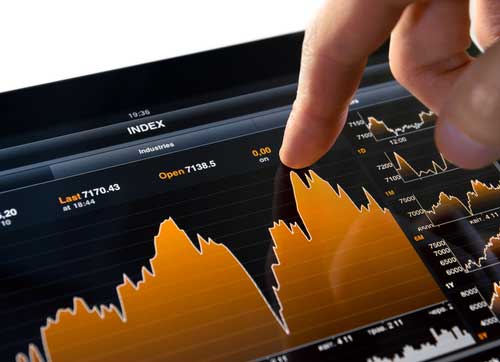It would be best to use professional forex signals, whether you are a beginner or an expert. Trading signals can save you a lot of time and improve your chances of making money. In addition, it’s a great way to learn new skills or discover new trading methods by using someone else’s wisdom.
Not all signals are accurate, however. We must learn to differentiate between solid signals and weak signals. There are benefits to using professional forex signals, whether a beginner or an experienced trader. A good signal saves you time and increases your chances of making a successful trade.

What are forex signals?
Signals are tidbits of information that are digitally communicated. They can be sent by email, SMS, text, or—in some cases—through social media platforms. Market information is often crucial and must-know information.
The signals are on-the-fly updates you can incorporate into your decisions when trading forex.
How to Choose forex signals
The providers of signals attempt to create suggestions that are relevant to a wide range of traders, but if you want to know whether a signal is relevant to your strategy and account, you should follow these steps:
Evaluate the risk: If the signal suggests holding a position for a long time, you should determine if your account can handle market fluctuations.
Check before using: You should be conscious that bot signals are based on technical analysis, which does not consider fundamental factors, resulting in high volatility. Despite this fact, even when you rely on signals from people, you should be aware that news can be unpredictable at any moment. The lapse between receiving a signal and placing an order can result in your trade failing.
Choose preferable assets: There are various signals for various securities. Most of them, however, will not match your objectives. The risks associated with exotic currencies, for example, make them not a good choice for beginners.
What’s included in trading signals
Here are some points that traders recommend:
Entry point: An entry point is one of the components of a forex signal. This identifies at what level the trade should be entered. The professionals usually issue signals for upcoming trades, so you’re unlikely to see a signal suggesting a trade open immediately because a trader may read the sign a few hours after it’s issued. Losses occur when conditions are unclear.
Take-Profit: A reasonable entry-level is insufficient to gain a position’s access. A successful trade should also be exited at the right point. Therefore, take-profit levels will be included in the signal. In this case, there may be several levels of take-profit.
Stop-Loss: Trading always comes with a risk of loss, regardless of the time you’ve been doing it. Despite their wealth and success, two of history’s best investors, Warren Buffet and George Soros, make mistakes.
A stop-loss level is built into forex signals to prevent losses. A market move against you could give you a chance to save your money.
Buy or Sell: A decent signal will indicate whether the asset should be bought or sold. Some signals include both buy and sell alerts. This indicates an uncertain situation at the moment.
Thus, depending on the particular conditions you must meet for one of the signals to function, your position might be in either direction.
Additional information. Traders and analysts usually explain the causes of signals. These reasons include patterns, candlesticks, and indicators. A chart may also be included in this information.

Bottom line
Whenever you choose to trade forex, you must grasp every possible advantage. Among most investors, forex signals trading is the most significant advantage anyone can gain in this market. If you’ve followed the information above, you should already be aware of why this is so. These companies represent the missing link between keeping up with market conditions and staying behind the most active traders.


